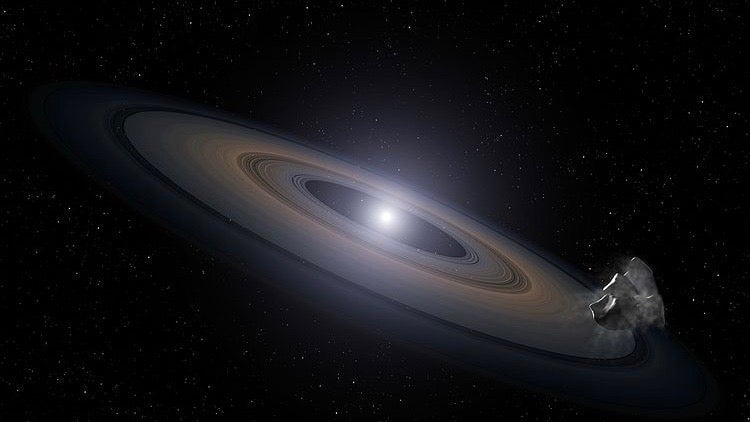Nancy Roman, girl stargazer, blazed a trail for female scientists
Nancy Grace Roman spent her life gazing heavenward and opening up the skies to others.


Nancy Grace Roman spent her life gazing heavenward and opening up the skies to others.
Born in 1925 in Nashville, Tennessee to a scientist father who answered her questions and a nature-loving mother who took her on long walks and pointed out the birds, the plants, and the stars, she was inspired to pursue the sciences. Roman, the first chief of astronomy at NASA, died on Dec. 26, a stargazer turned trailblazer who was known as “the Mother of the Hubble” for her work on the optical space telescope.
Roman wasn’t just unique because she was the rare woman in her profession, she was also a pioneer in the budding space business. When she was young, NASA didn’t even exist. The US space agency was formed in 1958. A few months later, Roman was asked to be chief of astronomy and head a new department. In 1959, she became the first woman in a leadership position there. Her mission: to plan a program of satellites and rockets in consultation with the US astronomical community and administer grants that supported the astronomy program.
In a February NASA video, Roman said gender was never an issue with her male colleagues. ”I was accepted very readily as a scientist in my job,” she recalled.
Getting there wasn’t easy, however. At school, Roman had to request permission to take the classes she was passionate about, and her guidance counselor didn’t approve. ”She looked down her nose at me and sneered, ‘What lady would take mathematics instead of Latin?’ That was the sort of reception that I got most of the way,” Roman remembered.
Nonetheless, she persisted, graduating from Swarthmore College with a degree in astronomy in 1946, the same year astronomer Lyman Spitzer wrote a paper called “Astronomical advantages of an extraterrestrial observatory.” That idea he proposed was the seed that would blossom into the Hubble Space Telescope more than four decades later. Roman was instrumental in making it happen.
Roman’s passion for space was infectious. “It was Nancy in the old days before the internet and before Google and email and all that stuff who really helped to sell the Hubble Space Telescope, organize the astronomers, who eventually convinced Congress to fund it, “ Edward Weiler, her successor as chief scientist for the Hubble, told the Voice of America in 2011.
In addition to her work at NASA, Roman was also an activist, advocating for young people, and girls in particular, to take up science and engineering. She called the work “fun” because it offers an opportunity to solve puzzles. ”It is also a continuous process of learning new things, whether you discover them or study the work of others,” she told NASA in an interview after her retirement. “My career was quite unusual, so my main advice to someone interested in a career similar to my own is to remain open to change and new opportunities.”